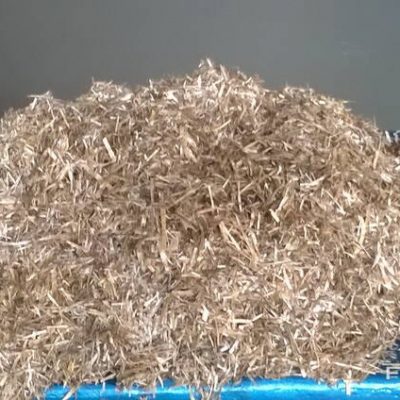Linseed fire is the woody part of the stems (trusts) of flax, formed as a waste product during mechanical processing of raw materials on machines. The fire consists of cellulose (45-58%), lignin (21-29%) and pentosans (23-26%) .
Campfire uses:
- Thermal insulation of floors and attics with a bulk fire. The product is packed in polyethylene bags. It is a durable natural insulation and has a very low thermal conductivity.
- Production of pressed plates from the fire (kostroplita). In terms of strength and stiffness, they are close to similar products from coniferous wood. According to some indicators of physical and mechanical properties – shrinkage and warpage, they are significantly superior to wood. The boards have high sound absorption. They are easy to process – sawn, planed, milled, drilled. Kostroplits are used for the furniture industry and construction.
- Production of fuel briquettes from a fire (fire briquettes). Recently, their production has been established only at individual enterprises in the industry. They are made from bonfires, fluff and dust.
Flax Hards

